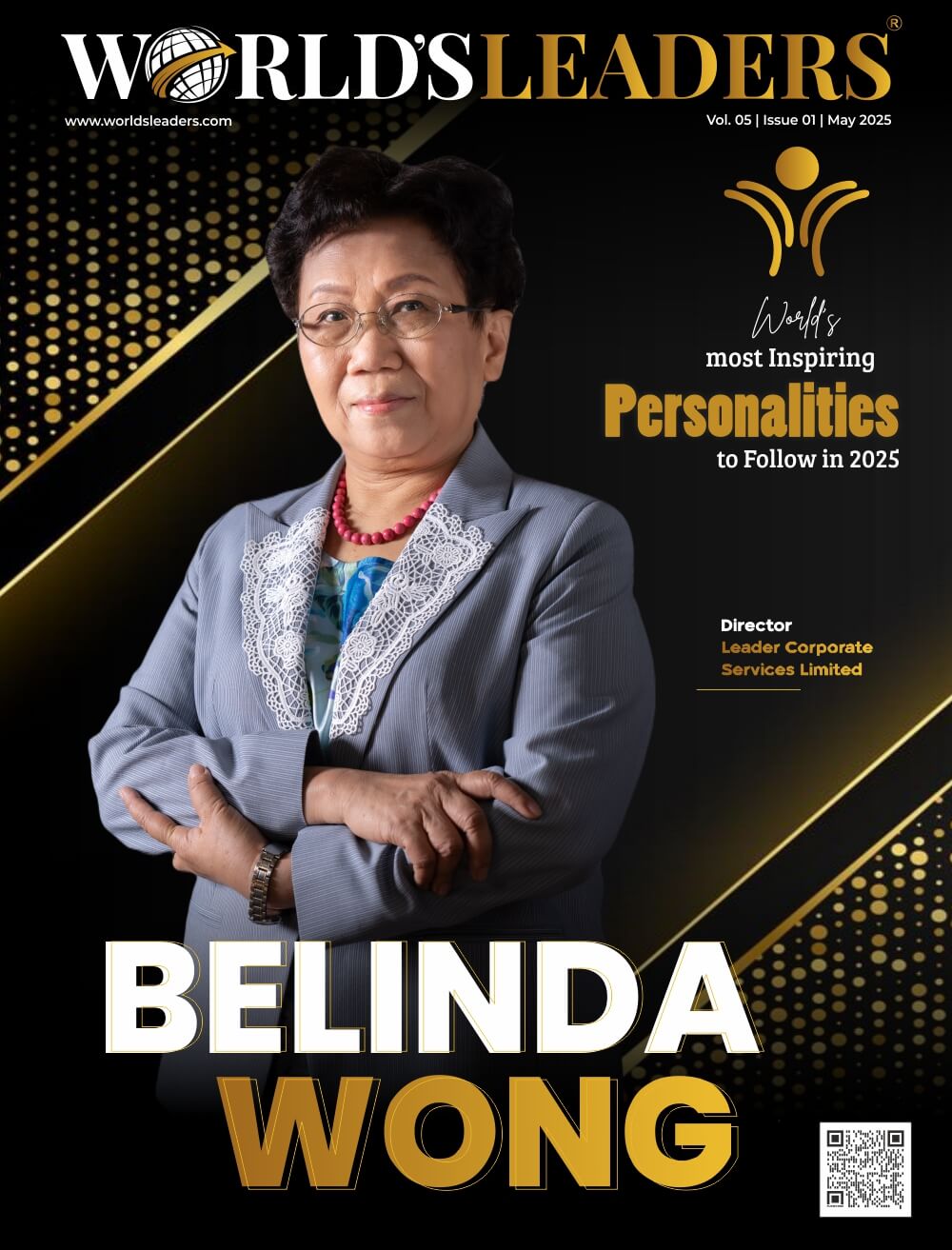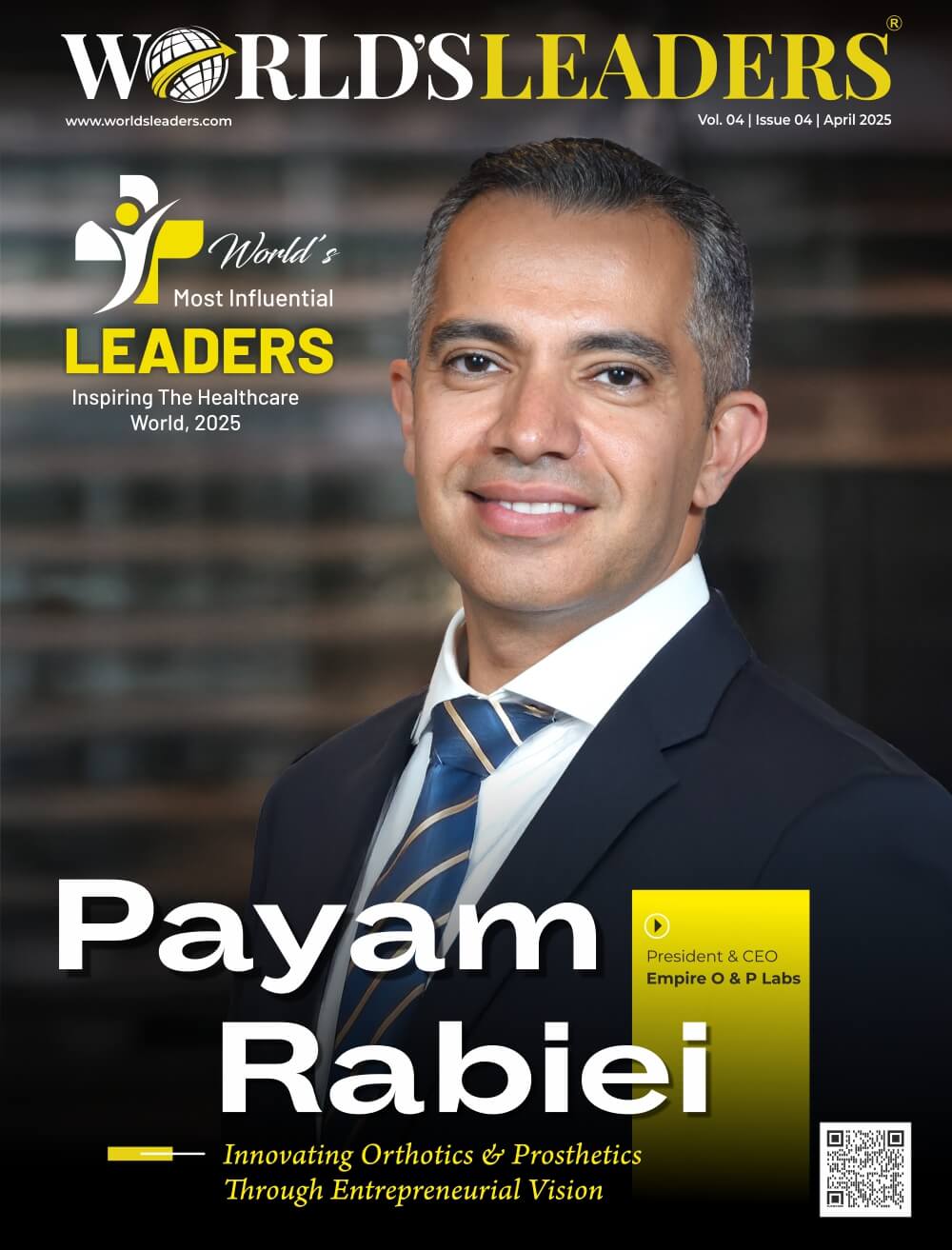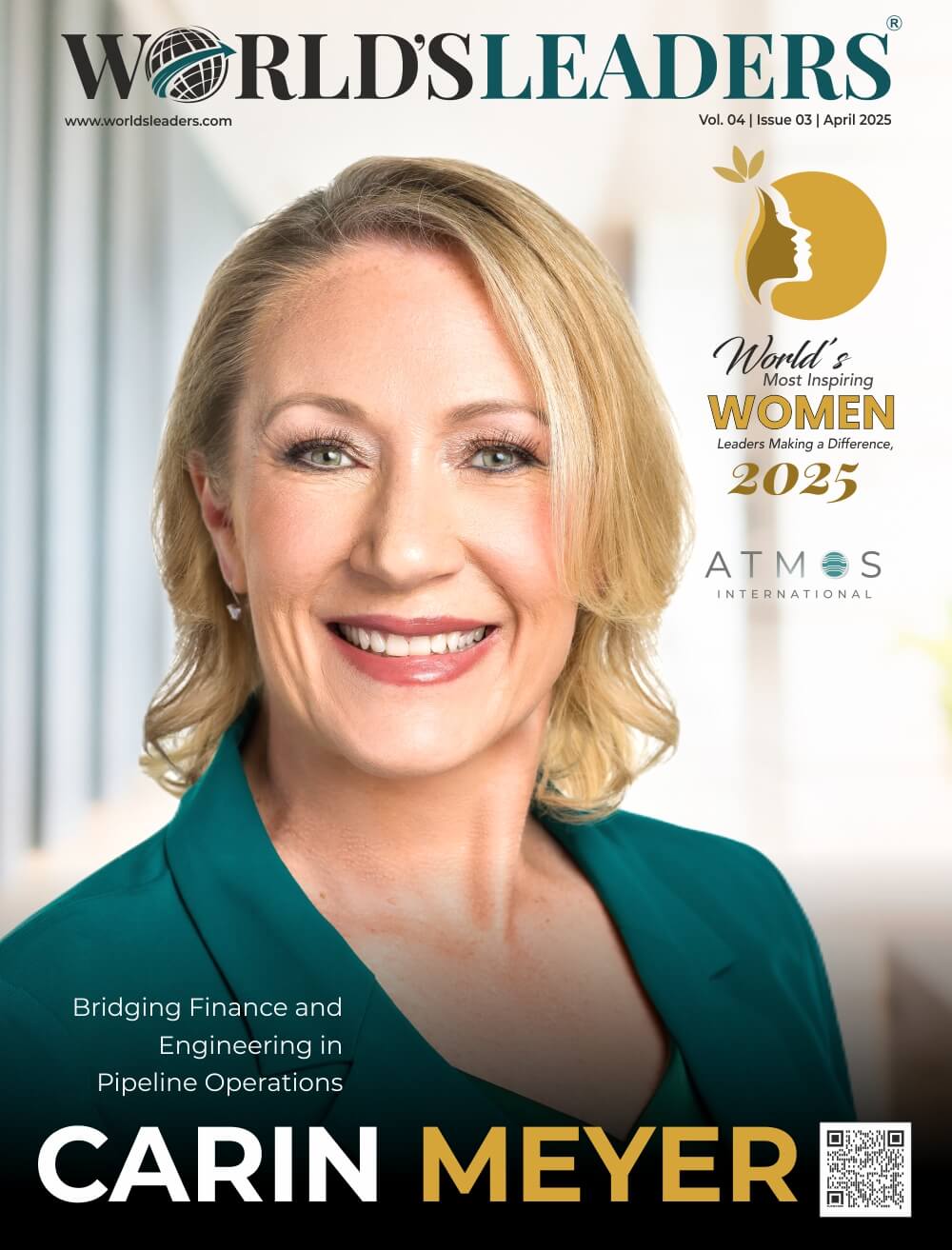Future cities and conurbations need to be sustainable, adaptive, inclusive and resilient cities. The complexity of that challenge calls for innovative new city planning methods, tools and approaches. A new urban science approach in urban planning and urban design is a must, one that can simulate and visualise various scenarios to find the best solutions for a sustainable and liveable city. Meet Dr Tigran Haas, who is an Associate Professor and Director of Centre for the Future of Places CFP at KTH Royal Institute of Technology.
Dr Tigran is a renowned educator of Urban Design and Planning and has been involved in teaching in more than 35 courses and developing International educational programs such as Real Estate Management, Environmental Engineering and Sustainable Infrastructure, Project and Strategic Management, Spatial Planning, Urban Planning and Design, Sustainable Urban Planning & Design and Urbanism Studies.
Journey as a Mentor and Leader
Dr Tigran states that leadership is definitely a complex journey of self-transformation, a journey travelled by an individual who has been handed over the responsibility of guiding people towards achieving a certain business objective. He asserts, “Teaching Project and Strategic Management and Project Leadership for over 8 years have to help me understand some of these things much better and the period of 5 years running a research Lab plus being director of three educational programs has also helped immensely.” He further adds that getting things done from the team is just one part of the job of a leader and the team has to be assembled in the best possible way where the issues of competence, equality and professionalism are crucial but also the finesse to know where each person can contribute the most. He sees at the outset of his leadership role, he started to expand and build new networks.
Dr Tigran finds that connection on all physical and virtual platforms was a must and continues to grow; where the inner great relationship with the team and employees is crucial and is the sine qua non for the sustainable longevity of the enterprise. Also, winning their trust, gaining honest feedback, achieving friendships and developing mutual respect is crucial.
Combining City Development with Advance Technology
In order to create new intelligence (smart, data-driven hi-tech spaces of floes) in the cities, modern architecture education needs to combine software and digital telecommunications networks at its disposal, ubiquitously embedded intelligence, and sensors and identifiers. All of this has and will penetrate urbanism of the future and the cities that will have to be hi-tech resilient to climate change and responsive to the needs of different strata of society as well as prepared to anticipate the possible transformations and negative changes (like the COVID-19 pandemic) in cities with prescient foresight urbanism.
This gives decision-makers a better understanding of the impact of urban development and enables them to narrow the gap between today and the future. Dr Tigran says, “This is exactly what our partner university MIT in Boston is doing and we must soon follow suit. Their approach emphasizes the development of fundamental skills in urban planning and policy, including ethics and justice; statistics, data science, geospatial analysis, and visualization; and computer science, robotics, and machine learning.”
According to Dr Tigran, at MIT and hopefully soon at KTH, New Urban Science is not just about analysing data but using the city as a living laboratory to explore solutions with a meaningful purpose, tangible use, and hopefully positive impact. These goals cannot rely on an ad-hoc effort in a silo, but a collaborative environment with interdisciplinary research and local community’s engagement.
Henri Lefebvre talked of the “right to the city” (cities for all and who owns the city” that are part of our triennial research project in the centre) alongside a right to having information. As the urban environment (cities, towns, neighbourhoods) become increasingly layered by abstract smart cities digital representations and big data, such a broad approach beyond Lefebvre warrants application to the new wired-digital age. The world needs to consider in urbanism what and who has the right to the informational data of and the city. Someone said that the ubiquity of digital information and communication technologies (ICTs) that produce and distribute this abstract space is now central to the reproduction of urban space, and nothing could be truer. The concept of an informational right to the city is useful in understanding the power of informational monopolies and new structures in cities, living labs and spaces like Google, Amazon, Facebook, Twitter and others are creating.
Vision to Ease Complexity of Modern Urbanization
“After the five-year sequel of the Centre, we will see what the future has installed for us, that is where the next focus will lie in the coming five years, either continuing in the path we have set or turning the ship into another, slightly less (un)charted destination,” says Dr Tigran. He sees one thing is sure, that in the next two years the focus will be on the critical issue of rising smart and new humanistic cities but still having the first 3-year theme of cities for all and who owns the city in the backdrop. He thinks in modern urbanization the main issue is that cities are getting more complex and the challenges are rising on a daily basis with multiple converging crises that seek answers for new theories, tools and approaches. He believes that the Centre will try to answer these calls as it goes into the next period. It will probably be converted into a city lab with a smaller and dedicated-focused group of researchers but still with a high-world class profile.
Approach for Bringing Diversity in Teaching and Education System
Dr Tigran and his team and teachers have been involved in the Urbanism Program at KTH as well as the Centre. He opines, “ I Have always really seen that a truly transformed education profession like urbanism requires us to think boldly and beyond the standard ideas and clichés (and sometimes go where no one has gone before) in order to redesign our educational systems to attract, prepare, support, retain, and reward excellent teachers and students.”
In this new vision, academic classroom learning would be guided by rigorous academic standards and high expectations, while being supported by the latest data and technology and online learning and teaching (especially now in times of such pandemics as Corona Virus). Technology will also play a strong role in personalizing learning and supplementing classroom instruction so that students can learn at their own pace.
According to Dr Tigran, in the future, KTH’s academic and research environments will be more fluid and complex and diverse, teachers more adaptable and flexible, and students will be more accountable as the task of learning becomes theirs. He finds that the challenge of the modern classroom is its increasing diversity, equality, equity and the skills that this diversity requires of teachers. This is why the education system needs to do some new thinking when it comes to the teaching profession.
World Class University, Department and Centre
KTH’s vision is as President Sigbritt Karlsson outlines Diversity-Equality, Internationalization and Sustainability. Drawing from these lines a world-class university must show a commitment to breadth and excellence in all fields of human inquiry, not simply in a particular niche; Second, world-class universities engage in cutting-edge research whilst at the same time teaching the next generation, their students. Third, great universities must allow their researchers the freedom to experiment, succeed, and sometimes fail (have a stable tenure track). Finally, world-class universities have permeable boundaries. This means encouraging interdisciplinary research and teaching; it means working with the private sector, for example, fostering and encouraging partnerships with industry; and it means encouraging international collaboration (all of this needs to spill down to Schools, Departments, Divisions and Centres/Labs). World-class universities and Centres/Labs look outward, and think beyond conventional boundaries today, we educate students more and more of whom will go on to live and work in a range of cultures. In the end, it is also about people; having the right people at the right positions, being its teaching, research, management or else is crucial!
Inspiring from Great Minds
Dr Tigran considers his father the late Professor Emeritus Nihad Haas as the biggest role of his life. He says, “My father has been my closest friend and mentor and has taught me and opened the doors to me for a deeper and fine understanding of humanities and social sciences through the lenses of fundamental (natural) sciences as well as the nuance’s in thinking about technology, society and progress.”
He also admires and follows Barney Glaser and Ansel Strauss who devised the Grounded Theory in 1967, the leading social science research method approach that he uses today and fine urbanist minds like Andres Duany, Richard Florida, Saskia Sassen, Edward Glaeser, Julian Agyeman, Steffen Lehmann, Setha Low, Emily Talen who have taught him the key issues of city development, design and management.





